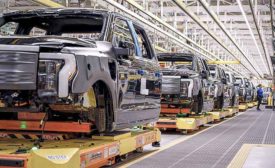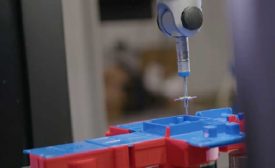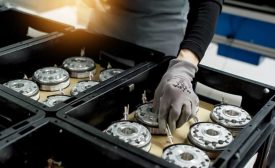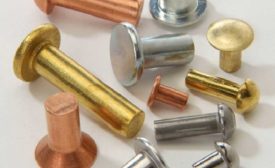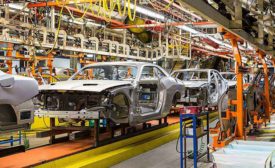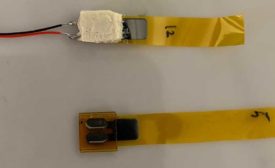Industries
Solutions for Small Rivets
With a shank diameter of 0.138 inch or less, small and micro rivets are ideal for assembling medical devices, PCBs, hand tools and many other products.
August 3, 2022
Never miss the latest news and trends driving the manufacturing industry
Stay in the know on the latest assembly trends.
JOIN TODAY!Copyright ©2024. All Rights Reserved BNP Media.
Design, CMS, Hosting & Web Development :: ePublishing
